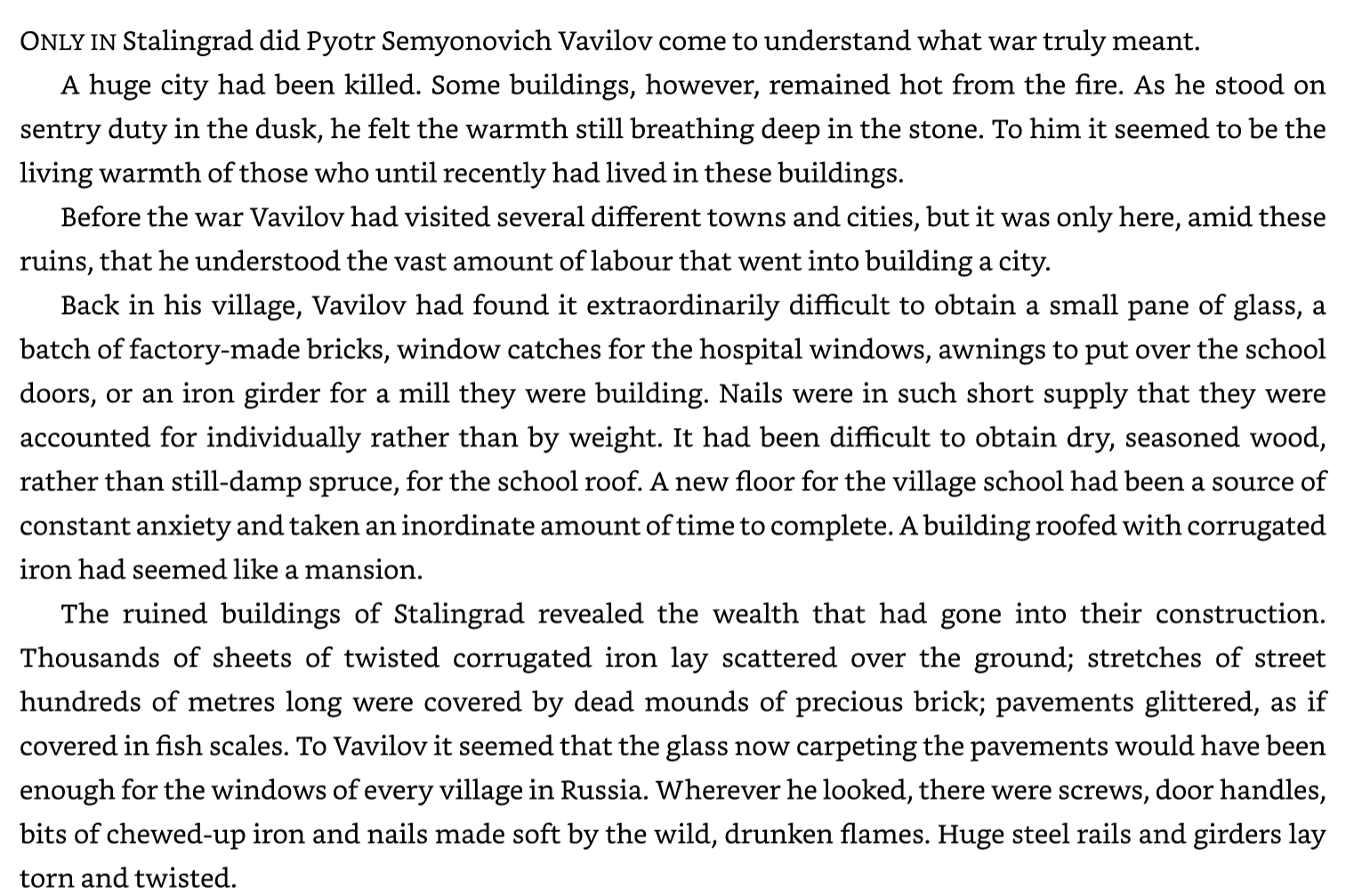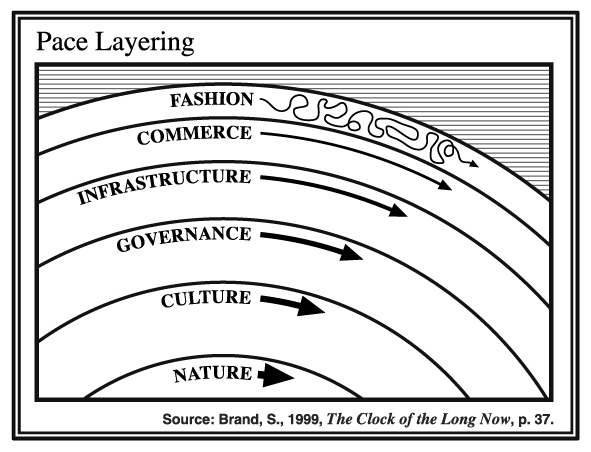Transmission

H — Living people take their energy to reform the environment in a certain way, a stable way. They have cached their energetic capital into order. If a building can be killed, how alive is it now?
C — Think of Cretto di Burri. To remake the lines of a destroyed city is to prohibit any future growth. No one can live there, but it can retain the trace of the past. This is the only way a structure is preserved.

S — The pace of change is the pace of reliability. Eddies form when water hits obstructions. The stuff right next to the rock goes slower, the stuff outside curls, goes faster, and turns the slow stuff into counterforces.
C — An extremely durable and reliable place is one that is de-identified. Individualism is less reliable.
S — The same sweatshirts keeps meaning something different because people want to seize cultural capital. The meaning of an artistic, indvidual object isn’t fixed the way a building is; it’s constantly open to re-interpretation.
H — It’s not always a case of individualism and durability being opposites. Think of a beaver in a cage who is released into the wild. Now he is free to do what he wants: manipulate his environment in a more stable way. The whole system of the beaver, the forest, the river, and the dam can settle at a non-random point that flows more easily through time because “individuality” here meant building such a configuration.
C — All the people in Brooklyn doing the same watercolors in the park aren’t asserting individuality. It’s entirely form, with no aboutness.
M — Canopy trees grow tall not because they are in love with the sun, reaching out in the vain hope of someday touching the celestial sphere. The tall tree stretches out to strangle the shrubs below them to death, an inching murder that can be difficult for humans, in our everyday time consciousness, to fully apprehend.
H — Life is a special case where the information you send forward through time must be information about sending information forward through time; nothing else will do. There’s no such thing as life without aboutness, because being alive is the aboutness. Art does not have this restriction. Buildings dance in the space between; a blanket fort has meaning without durability and a commieblock has durability without meaning.
M — When a ‘commieblock’ building no longer pleases, it may be swept away and replaced by another, and the commonly understood morality of the unique and the individual affords no refusal. The gaily-(muted) (shambles)-house stands out in both presence and absence: a million spectators may tut-tut, canvas with tents and banners tinted deeper than the paints, burn torches brighter than its sitting room, draw knives glittering colder than its windows, should anything ever change.
C — There is a canon of art that deliberately eschews aboutness, distinct from simply lacking it. A return to pure materiality. And yet it flows — because it is part of a canon that sustains it, in a way that Brooklyn watercolors are not.
H — Art can come alive because we send more than our fair share of information forward in time. Our genetic and cultural patterns not only let us flow, but give us plenty of space to take other ideas with us. This privilege is often pointed to by the word “consciousness”. What a terrible responsibility! By keeping ideas alive that can’t perpetuate on their own, we have to decide when it’s their time to die.
